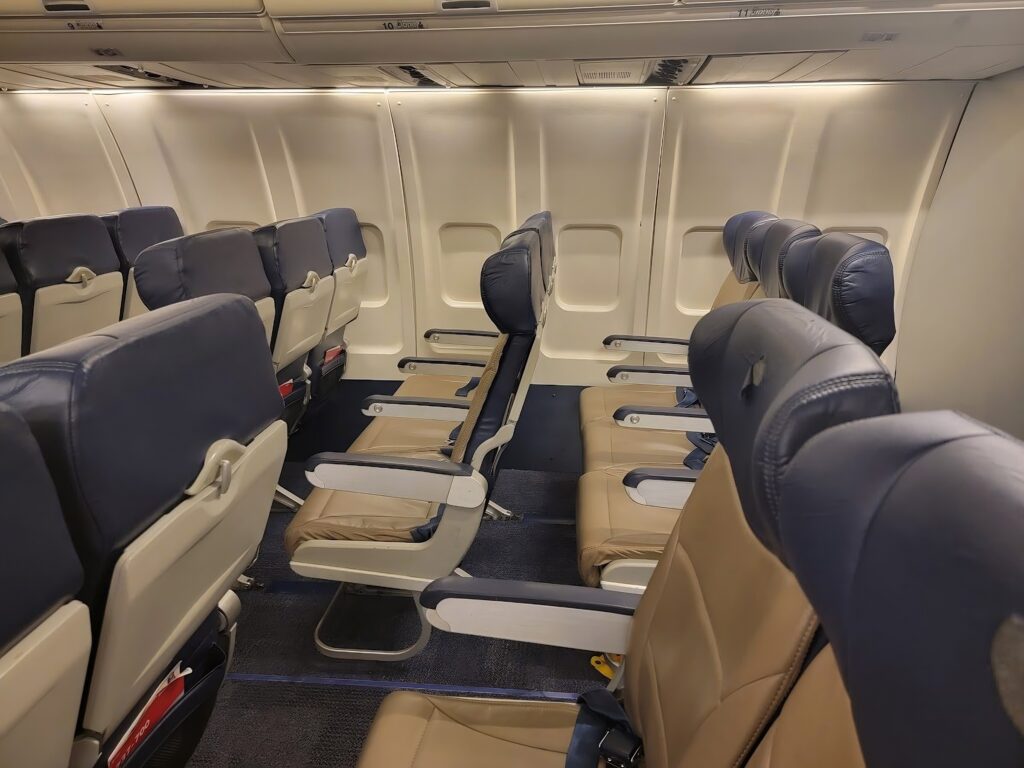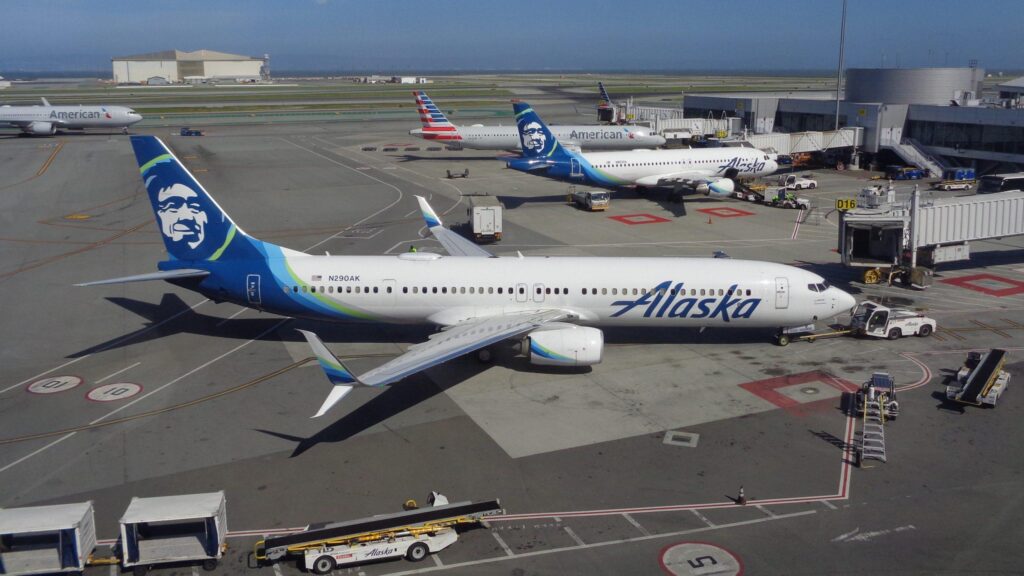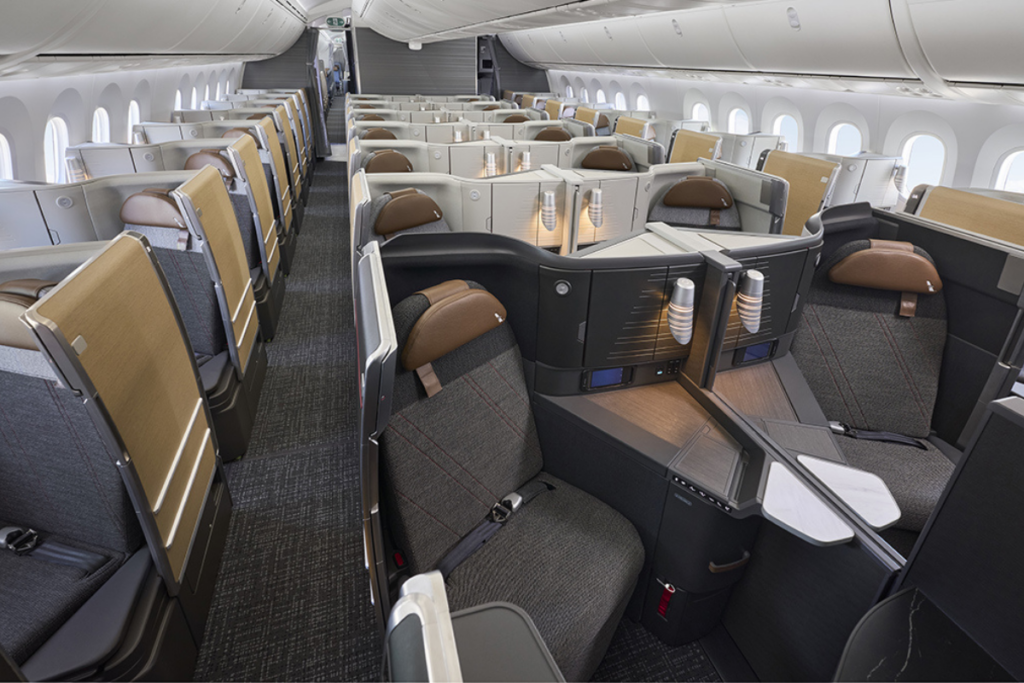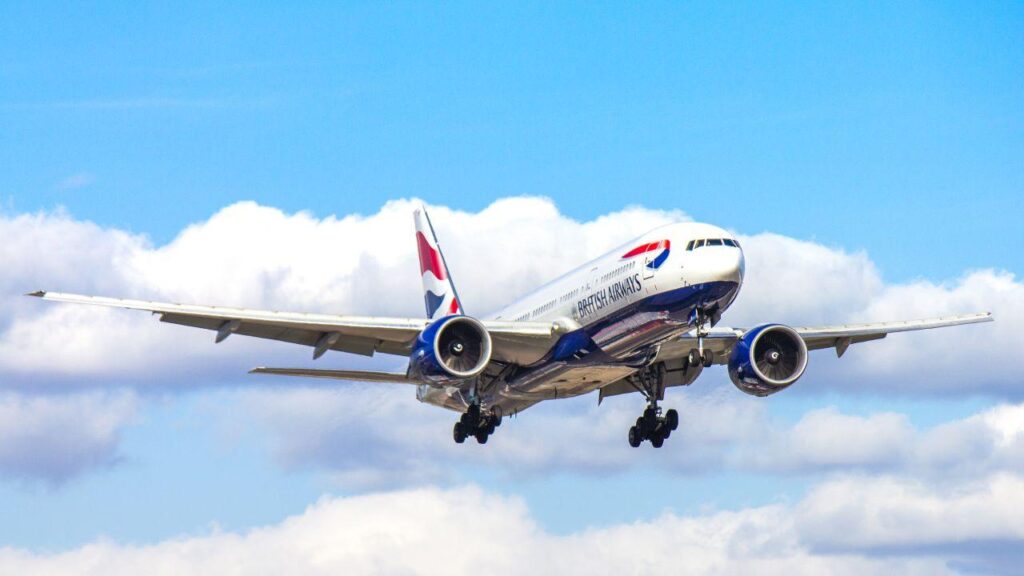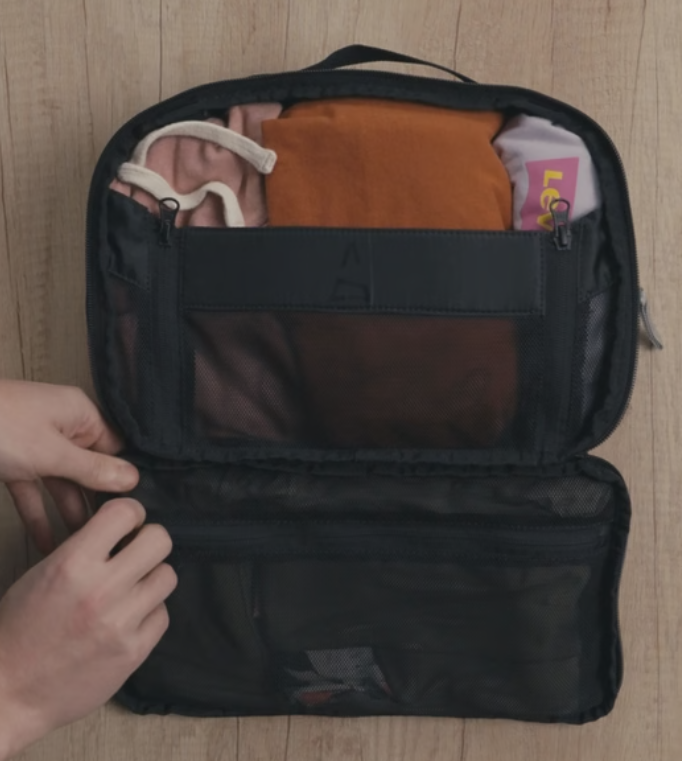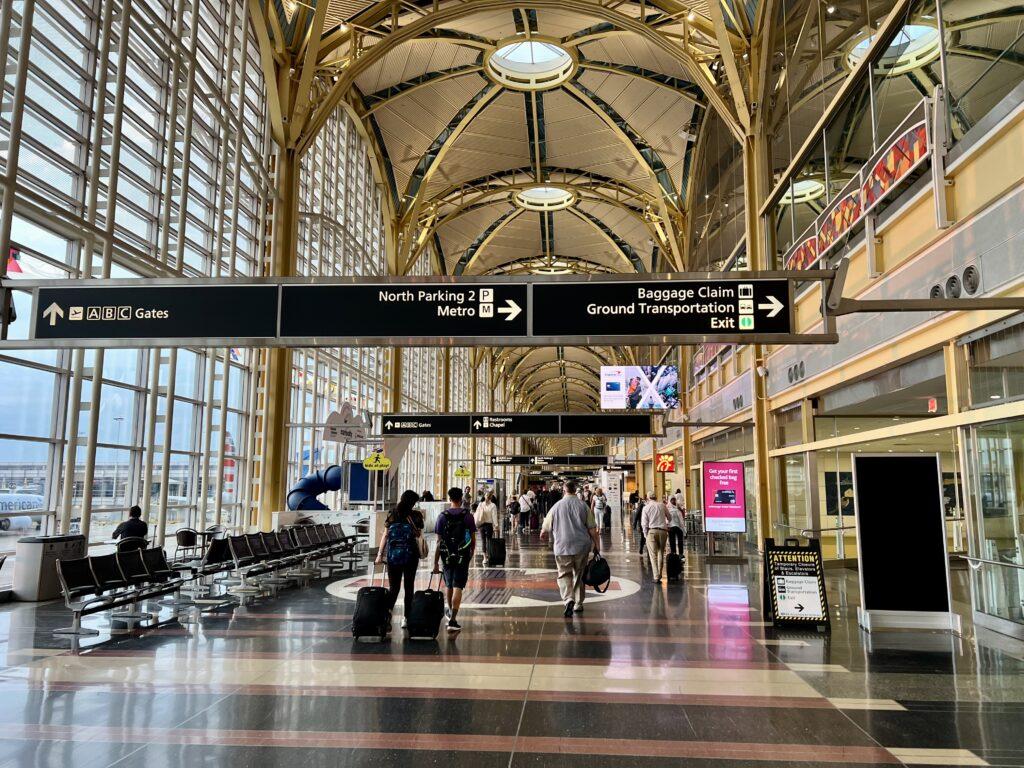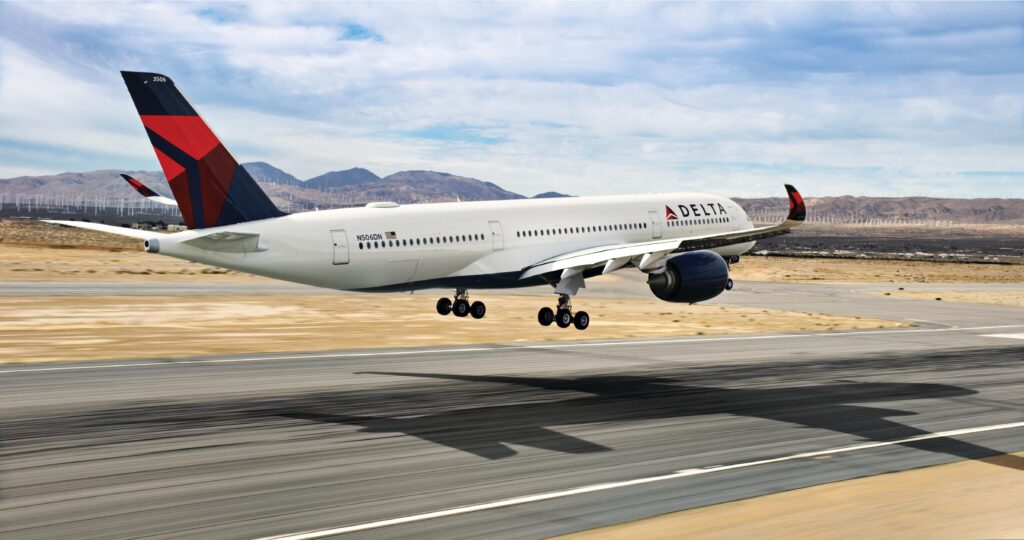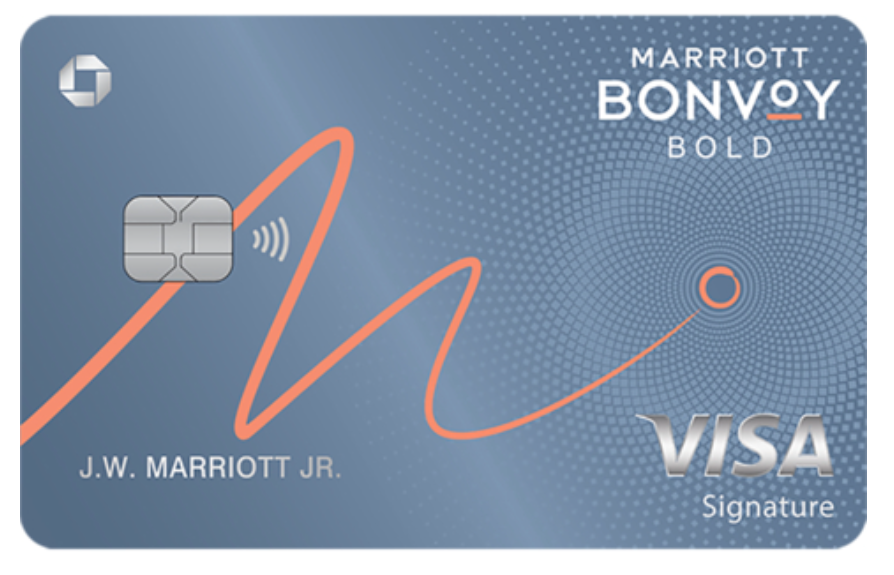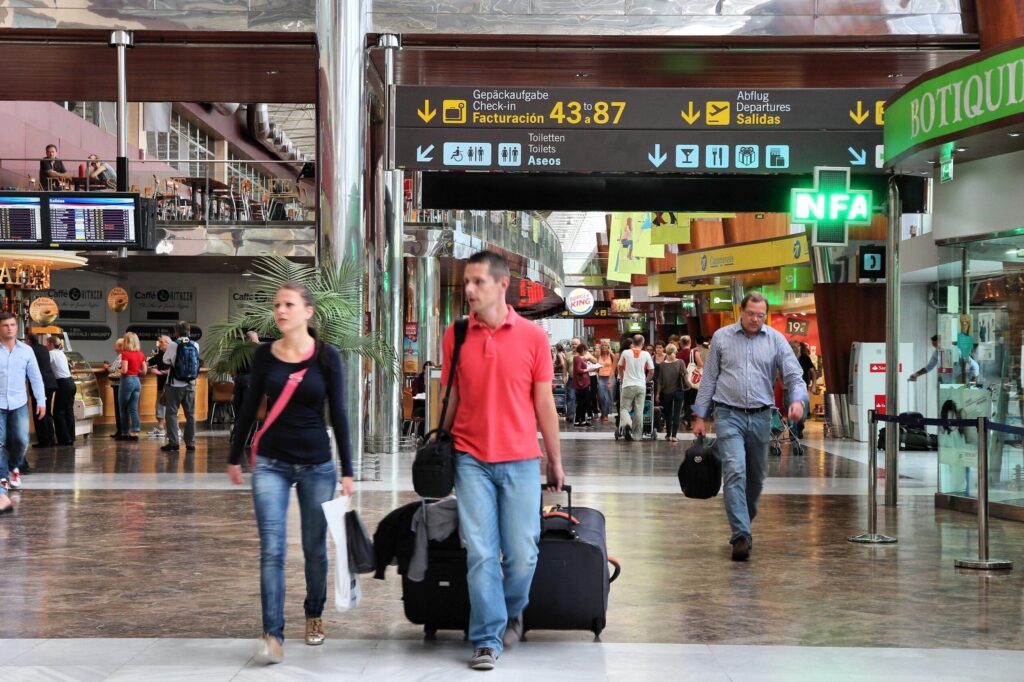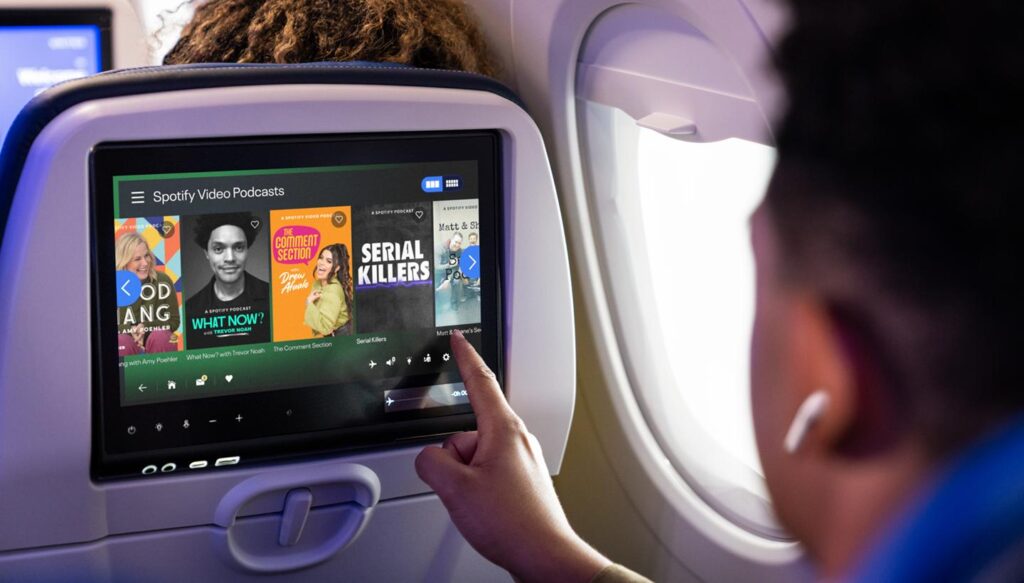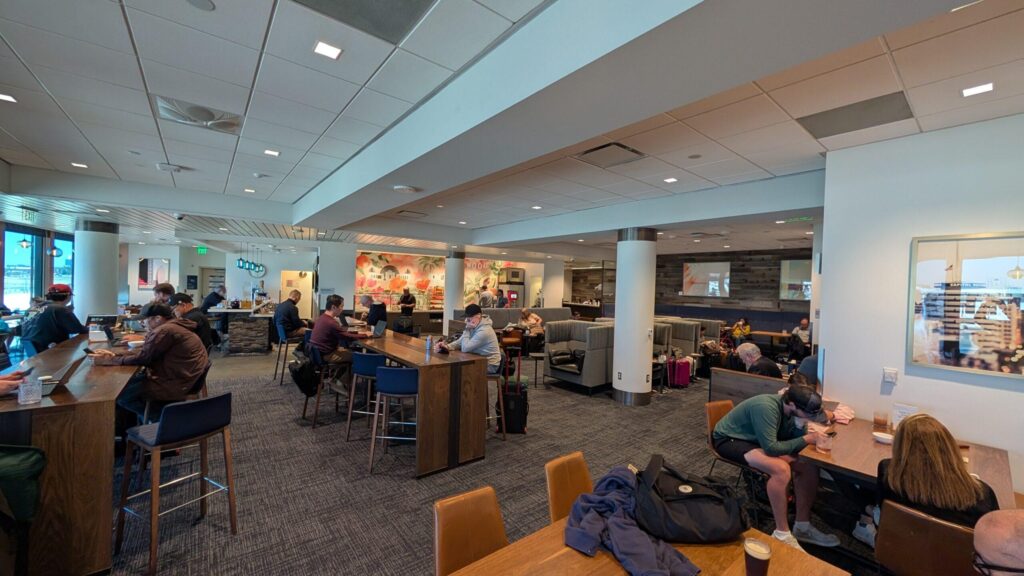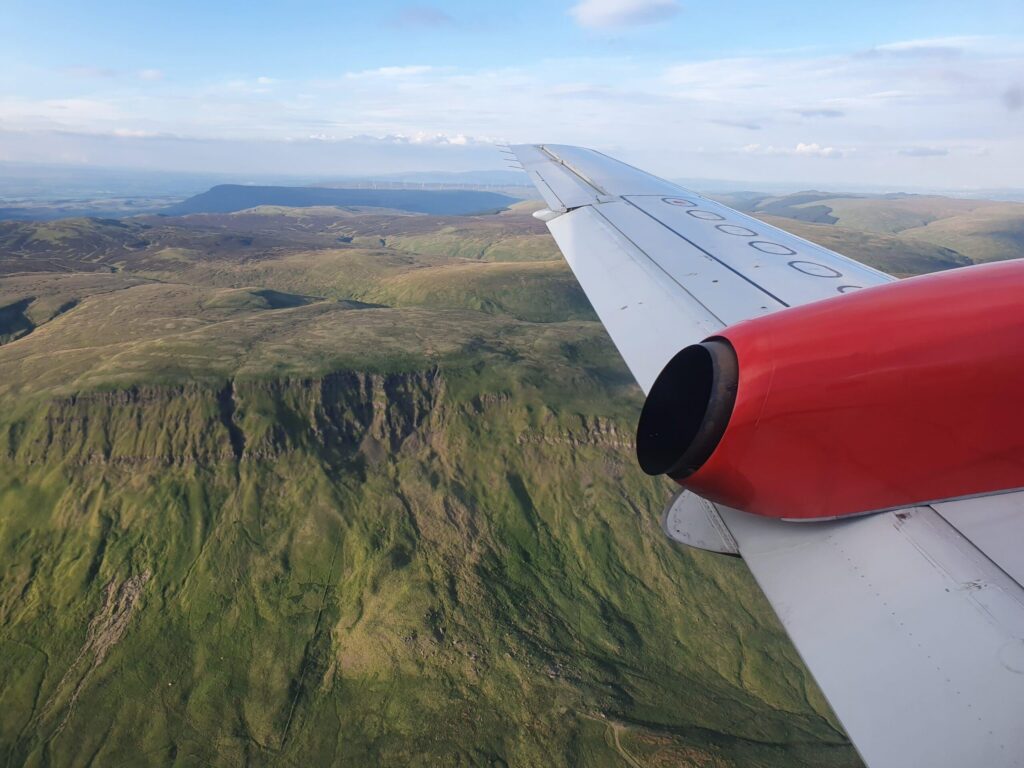
How to Pick the Best Spot on a Plane
Choosing the perfect seat on an airplane can significantly enhance your travel experience. Whether you’re seeking extra legroom, a quiet corner to catch some sleep, or a spot with the least turbulence, understanding how to select the best seat is crucial. In this comprehensive guide, we’ll delve into the strategies and tips that will help you make an informed decision on your next flight.
Understanding Airplane Seating Layouts
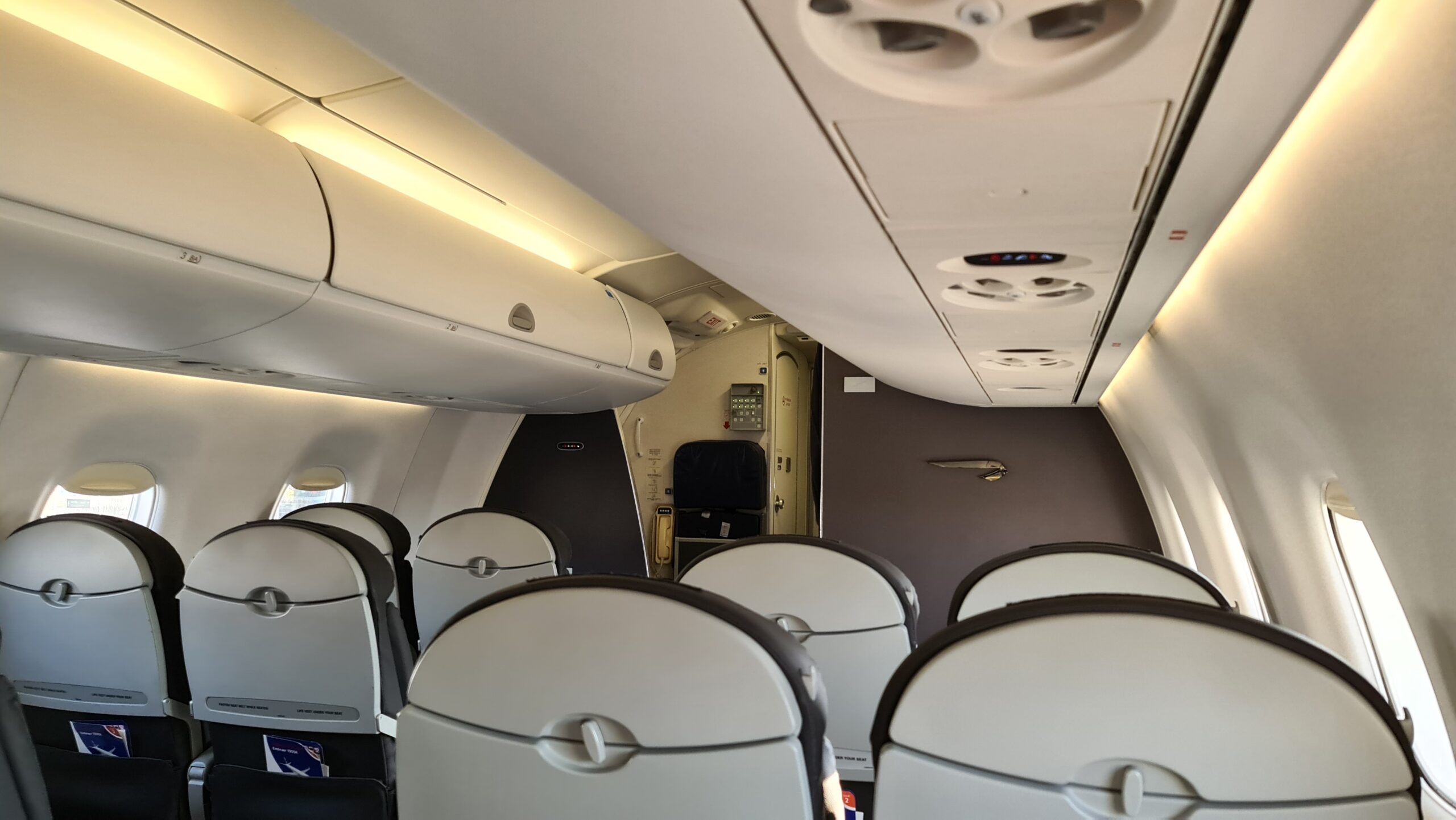
Every aircraft model comes with its unique seating configuration. Familiarizing yourself with the airplane seating layouts is the first step in choosing the ideal spot. Airlines often provide seat maps during the booking process, but utilizing detailed resources can offer deeper insights.
The Significance of Seat Pitch and Width
Seat pitch and width are essential factors that determine comfort during a flight. Seat pitch refers to the distance between a point on one seat and the same point on the seat in front of it, essentially indicating legroom. A greater seat pitch means more space to stretch out, which is especially beneficial on long-haul flights.
Seat width is the measurement from armrest to armrest. Wider seats provide more personal space, reducing the feeling of being cramped. When flying in economy class, even a slight increase in seat width can make a substantial difference in comfort.
Researching the aircraft model before booking can help you compare the seat pitch and width offered by different airlines. Websites like Airline Quality provide detailed information and passenger reviews.
Additionally, consider checking out our detailed analysis on airline seat comfort to make an informed choice.
Assessing Your Personal Needs and Preferences
Understanding your priorities is crucial in selecting the best seat. Are you looking for extra legroom, quick access to the lavatory, or a smoother ride? For those who value legroom, exit row seats or bulkhead seats might be ideal. However, they often come with certain restrictions, such as not being able to store personal items under the seat in front.
If you prefer a quieter environment, seats away from the galley and lavatories are advisable. Noise levels tend to be lower in these areas, providing a more peaceful experience. For a detailed discussion on minimizing in-flight disturbances, read our article on finding peaceful airplane seats.
For passengers who are prone to motion sickness, choosing a seat over the wings can reduce the effects of turbulence. This area experiences less movement compared to seats at the rear of the plane.
Window seats offer the advantage of something to lean against and an unobstructed view, while aisle seats provide easier access to move around the cabin. Assess which factors are most important to you before making your selection.
Utilizing Airline Seating Tools and Resources
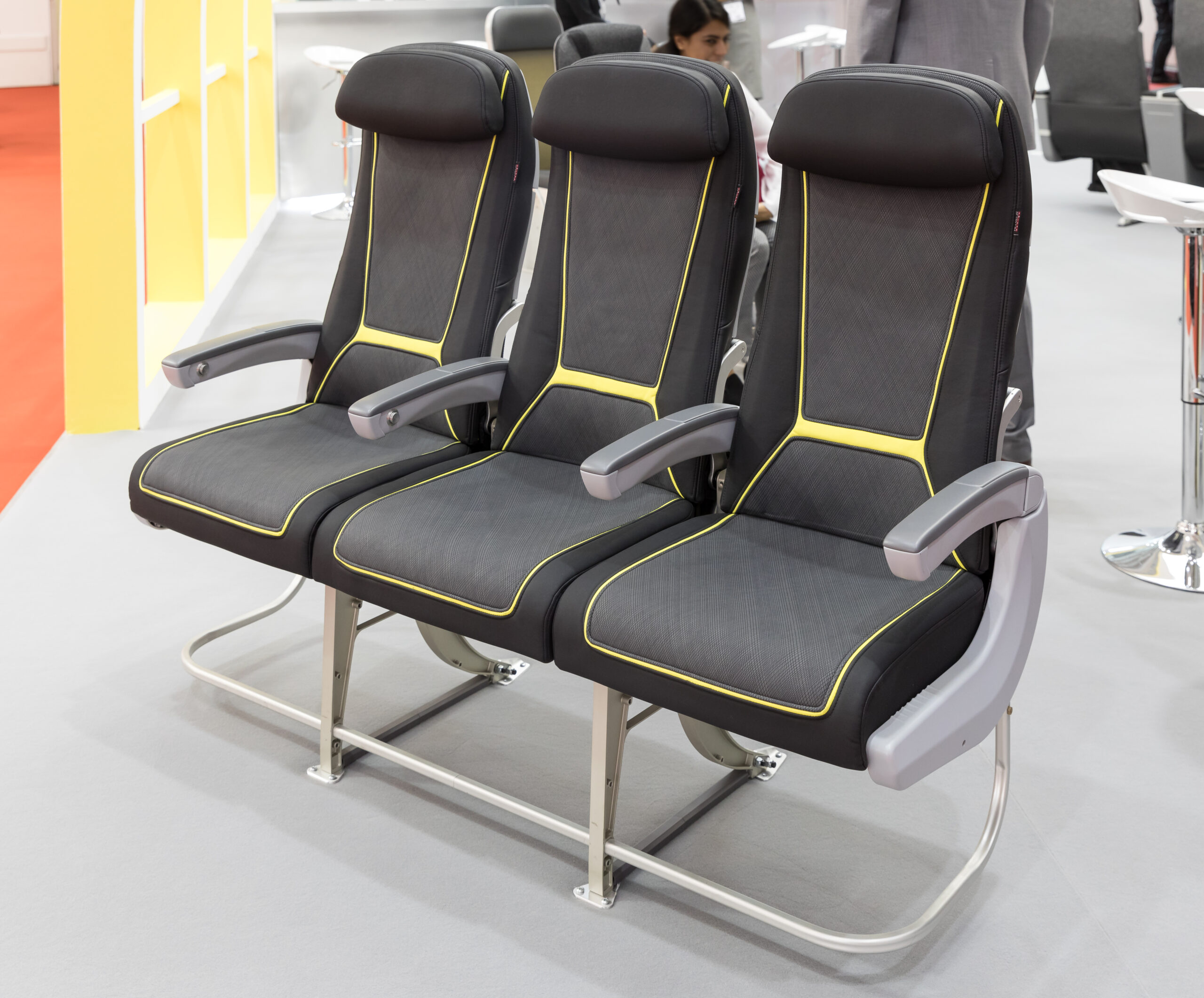
Modern technology offers a plethora of tools to assist in choosing the best airplane seat. These resources provide detailed seat maps, passenger reviews, and real-time updates on seat availability.
Seat Selection Platforms
Websites like SeatGuru and ExpertFlyer offer comprehensive seat maps and insights into the pros and cons of specific seats. These platforms allow you to compare different airlines and aircraft to find the best option for your needs.
Using these tools, you can identify seats with limited recline, proximity to lavatories, or restricted legroom. This information is invaluable for avoiding uncomfortable spots on the plane.
Moreover, some airlines provide 3D seat maps during the booking process, giving you a virtual tour of the cabin. Utilize these features to get a better understanding of the seating environment.
For more on leveraging technology for seat selection, check out our post on tech tools for seat selection.
Frequent Flyer Programs and Seat Selection Perks
Enrolling in frequent flyer programs can offer significant advantages in seat selection. Many airlines provide priority seating options to their loyal customers, including access to premium economy seats or complimentary upgrades.
Status with an airline can grant early access to seat maps, increasing the likelihood of securing preferred seats. Additionally, co-branded airline credit cards often come with benefits like free checked bags and priority boarding, which can enhance the overall travel experience.
Consider joining airline loyalty programs to take advantage of these perks. Our guide on maximizing frequent flyer benefits offers detailed strategies on how to make the most of these programs.
Remember to enter your frequent flyer number when booking to ensure you receive all eligible benefits, including preferred seat selection.
Strategic Timing for Seat Selection
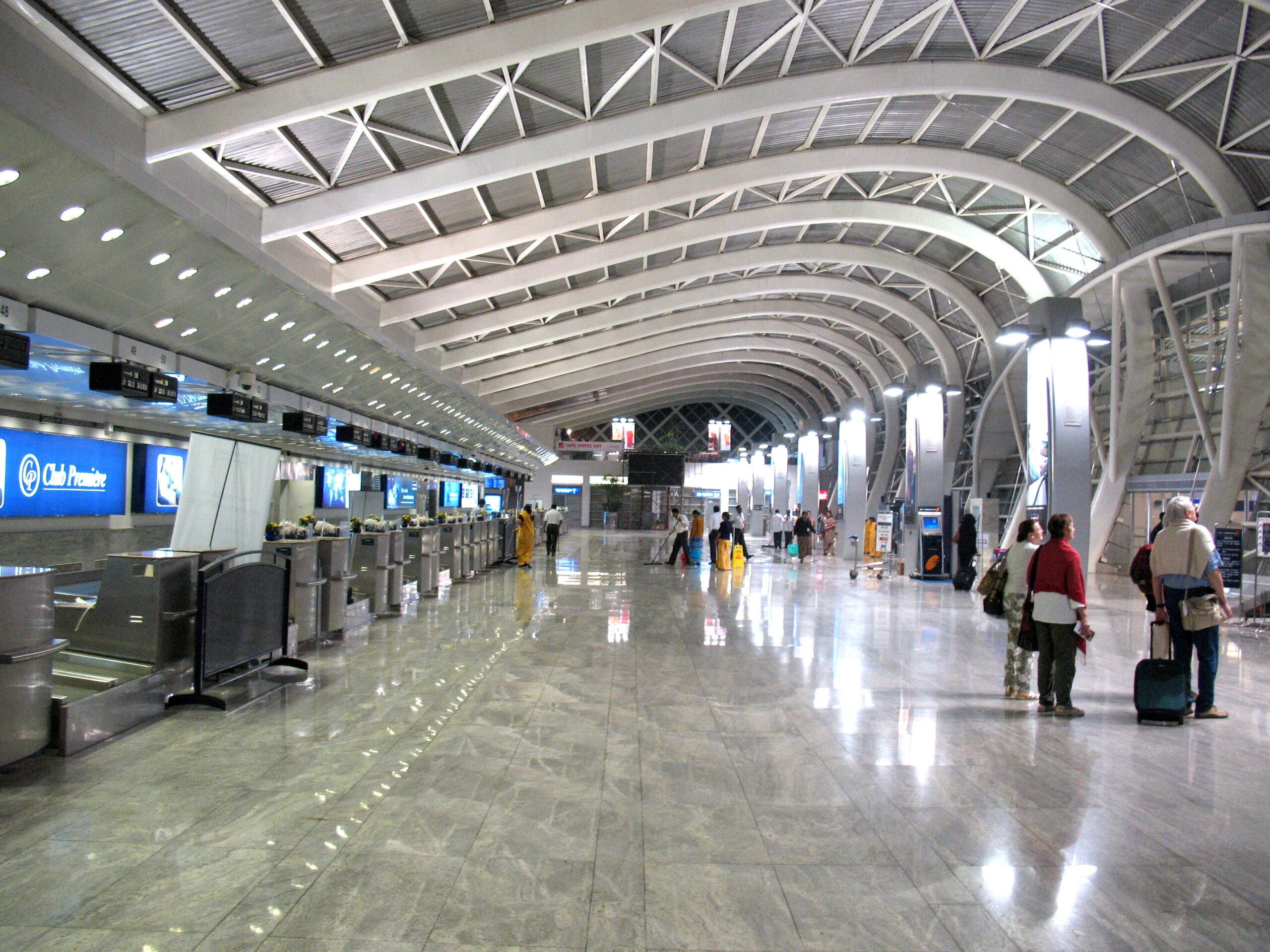
The timing of your seat selection can significantly impact the availability of preferred seats. Understanding when and how to choose your seat is essential for securing the best spot.
Booking Early vs. Checking In Early
Booking your flight well in advance increases the chances of a wider selection of available seats. Many airlines allow seat selection during the booking process, and early bookers have first dibs on prime locations.
However, some airlines reserve certain seats and only release them during online check-in, typically 24 hours before departure. Checking in as soon as this window opens can provide access to previously unavailable seats, including exit rows or bulkhead seats.
It’s advisable to set a reminder for the check-in opening time to maximize your chances. For more tips on flight booking strategies, read our article on flight booking tips.
Additionally, if you’re unable to select a preferred seat online, consider arriving at the airport early to inquire at the check-in counter. Agents may have the ability to reassign seats based on availability.
Monitoring Seat Maps After Booking
Airline seat maps can change after you book your ticket. Passengers may cancel or change their seats, leading to preferred spots becoming available. Regularly monitoring the seat map allows you to snag these seats when they open up.
Some airlines notify passengers of changes in seat availability, especially if you’ve set up alerts through their mobile apps. Taking advantage of these notifications can give you an edge.
For a comprehensive approach, consider using services that automatically monitor seat availability and notify you of changes. Our review of seat alert services covers tools that can assist in this process.
Remember, flexibility and persistence can pay off when aiming for the best seat on the plane.
Considering Additional Costs and Upgrades
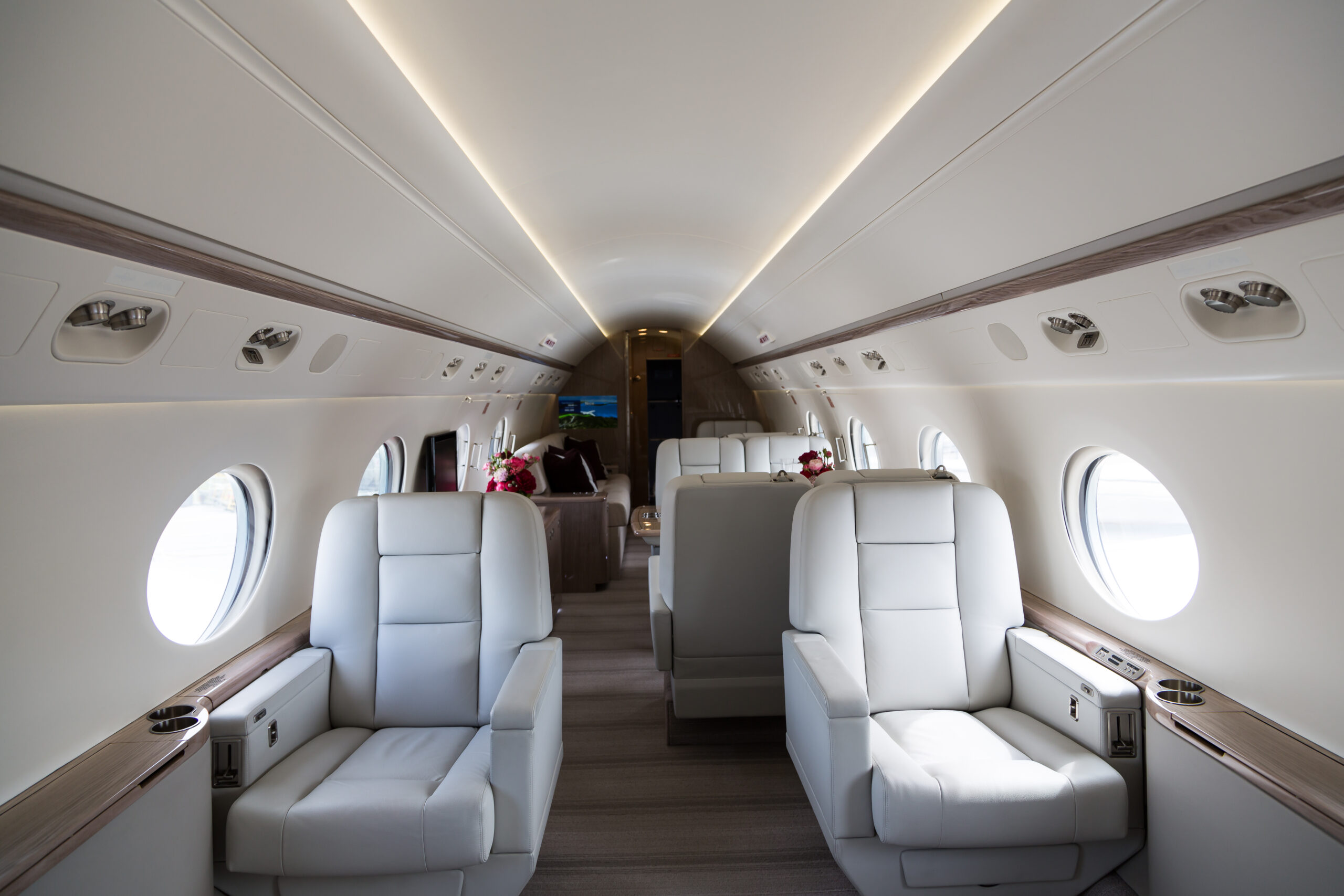
Sometimes, securing the best seat might come with additional costs. Weighing these expenses against the benefits is an important consideration in the seat selection process.
Premium Economy and Extra Legroom Seats
Many airlines offer premium economy sections or seats with extra legroom for an additional fee. These seats are usually located at the front of the economy cabin or in exit rows and provide more space and comfort.
While the cost varies by airline and route, the added comfort can be worth the investment, especially on long flights. Evaluate the price difference and consider your personal comfort preferences.
For insights into whether premium economy is worth the extra cost, check out our analysis on the value of premium economy.
Also, watch for promotions or opportunities to bid for upgrades, which can sometimes secure you a better seat at a reduced cost.
Understanding Airline Seating Policies
Airlines have varying policies regarding seat selection fees. Some carriers include seat selection in the ticket price, while others charge extra for this service. Budget airlines, in particular, often have additional fees for selecting a seat in advance.
Review the airline’s seating policy before booking to avoid unexpected charges. Sometimes, the total cost of a ticket with seat selection on a budget airline may be comparable to a full-service carrier where seat selection is included.
Our comprehensive guide on airline seating policies breaks down the seat selection fees and policies of major airlines.
Being informed about these policies helps you make cost-effective decisions that do not compromise your comfort.
Final Thoughts on Choosing the Best Airplane Seat
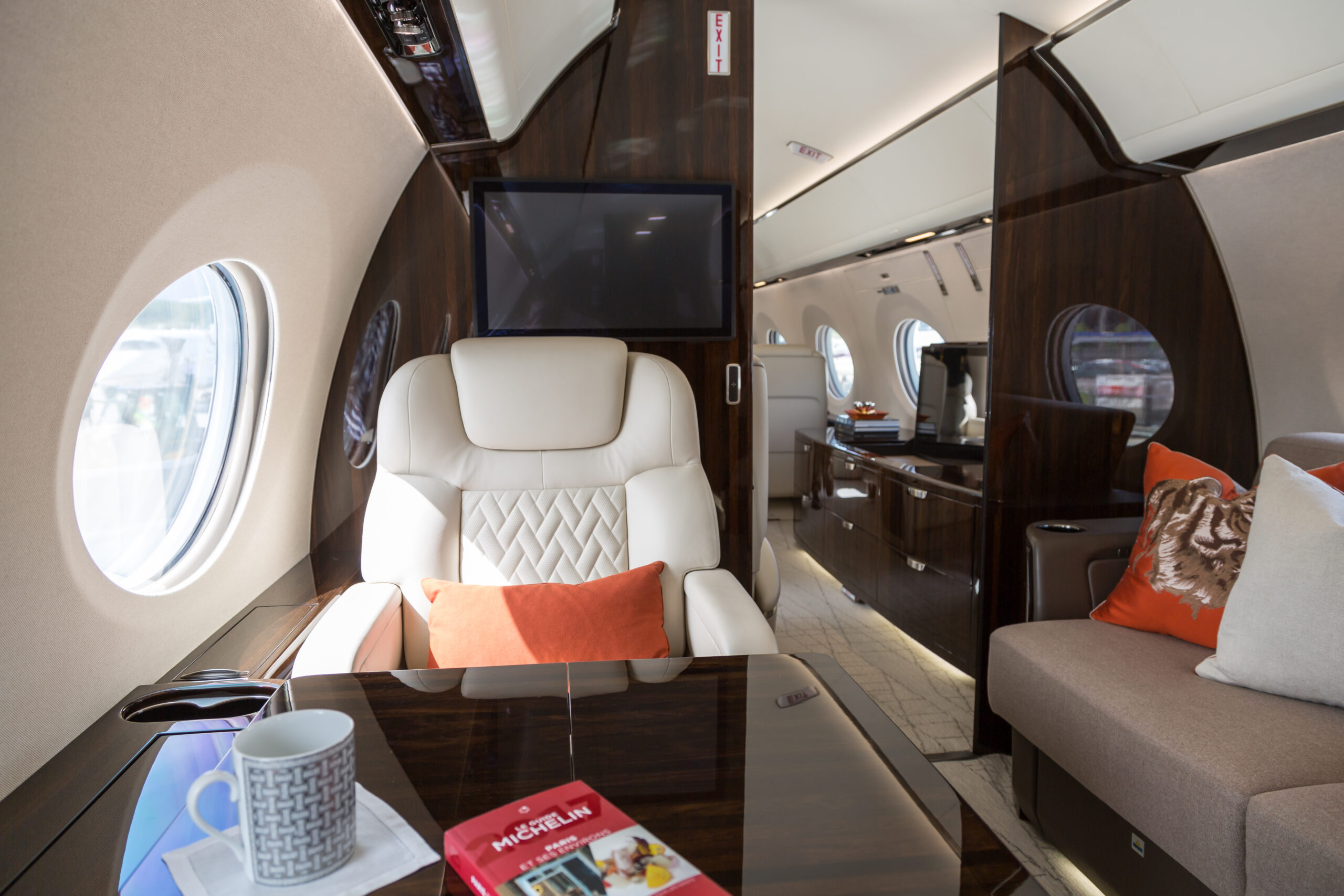
Selecting the best spot on a plane involves a combination of understanding aircraft layouts, assessing personal preferences, utilizing technology, and strategic planning. By taking the time to research and consider the factors discussed in this guide, you can enhance your in-flight experience significantly.
From leveraging frequent flyer perks to monitoring seat availability, proactive steps can lead to a more comfortable and enjoyable journey. Remember that each traveler’s needs are unique, so tailor these strategies to fit your priorities.
For more travel tips and insights, explore our other articles at BoardingArea. Safe travels and happy seat hunting!


